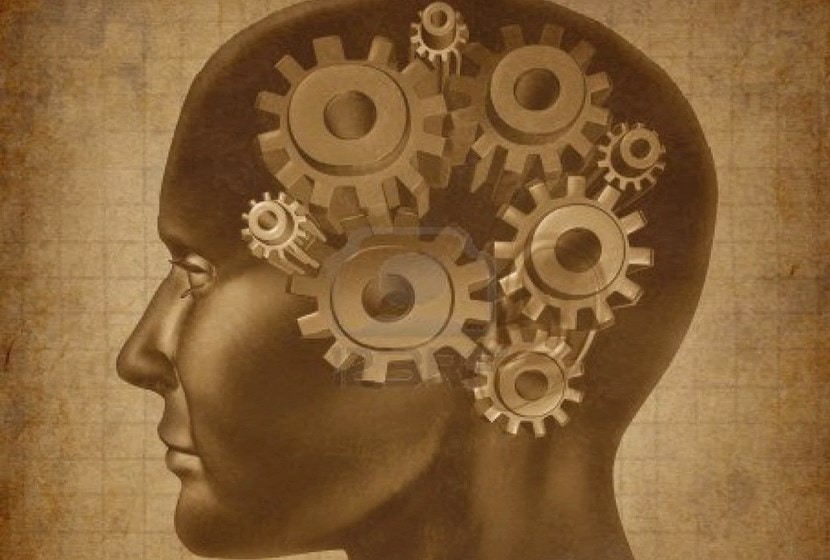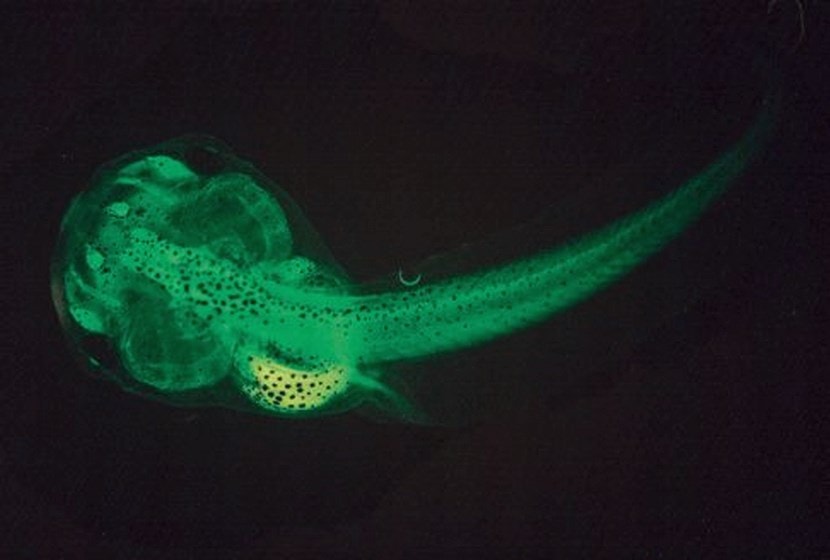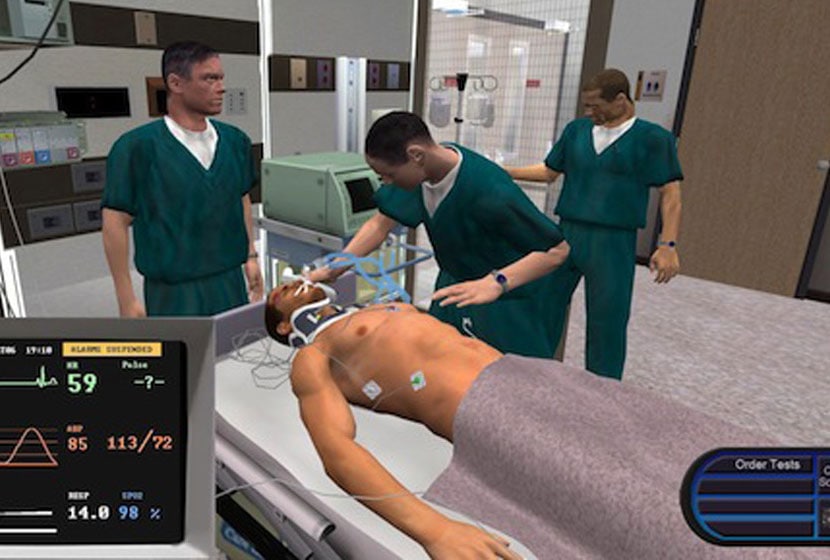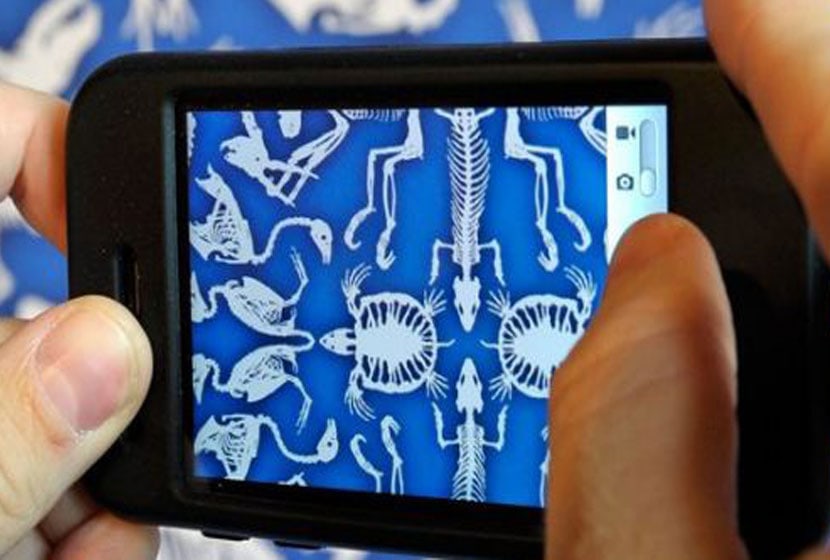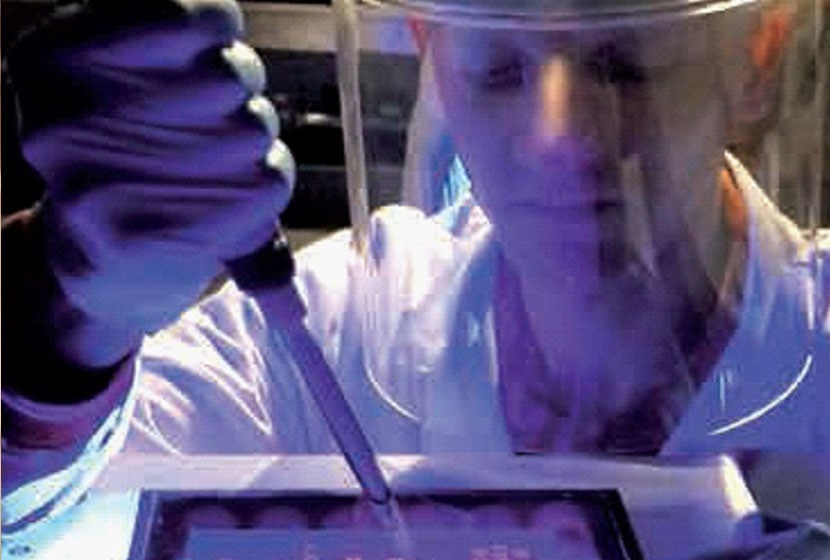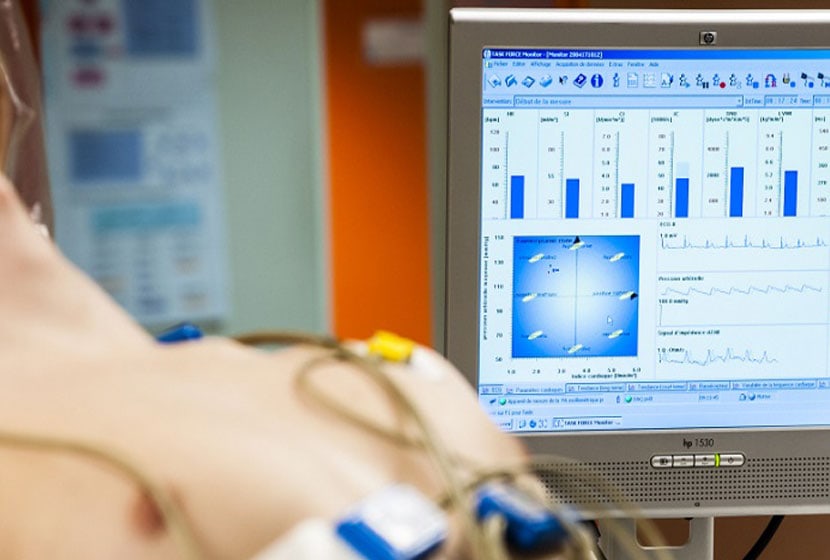What is the impact of new technologies on our brains? Every time we surf the web, a smartphone within reach, the TV on... Our brain is overheating. "Should I stay or should I go", asks the Clash, well aware of our problem. This is also the title of an article published by Jonathan Cohen, Samuel McClure and Angela Yu of Princeton University. Inspired by their work, Jean-Philippe Lachaux, a specialist in the study of attention mechanisms in the brain at Inserm, gives it a neurobiological translation.
It is well established that the brain can effectively process and store only a tiny fraction of the sensory signals that reach it. If you are in doubt, close your eyes for a few seconds: what did you retain from the scene that was just in front of you?
The brain therefore selects at any time the information that seems most important to it, and for this purpose has a system called "attention".
Attention does this job fairly well in the simplest situations, but recent technological advances pose a new problem. In particular, mobile phones, such as smartphones, considerably extend our sensory universe, and thus the amount of a priori important information that presents itself to our senses.
Two environments are superimposed: the real one, where we evolve physically, and the virtual one, populated by SMS, emails, tweets, social networks and websites more or less exciting. But we still have only one attentional system to sort out - between what is important and what is not, here and in wifi.
How does the brain react? The brain evaluates the importance of what it perceives according to the goals it sets for itself. Some are conscious, others less so: I'm aware, for example, that I have to write this column, but I'm also waiting, in a more diffuse way, for a reply from a colleague to an e-mail, and a text message from a friend for the next evening. These objectives are determined on the basis of relatively well thought-out action plans. They are superimposed on other goals of the organization, more recurrent and less obvious, but always binding, among others: avoiding dangerous situations for example, seeking pleasant sensations or simply novelty.
The proper use of attention
These different types of objectives are taken into account by different networks within the brain, each of which directs attention to the information that best suits their interests. As a result, our "attentional resources" are the object of a real struggle for influence between, on the one hand, brain regions favoring conscious and planned objectives, most often in the medium or long term, and, on the other hand, regions favoring more what we are used to appreciate or fear: a more automatic form of attention orientation, often in search of immediate gratification. This is, moreover, the mainspring of advertising.
Add to this the fact that in the waking state, the brain is perpetually in search of new information. You can experience this by observing for a few moments the spontaneous movements of your gaze, which several times every second, groping to learn about what is around you. And if you try to walk a few meters down the street with your eyes closed, you will inevitably feel a growing pressure to open your eyes, to see and know ... that a car is heading straight towards you. Deprived momentarily of this permanent flow of information, your brain can no longer propose a behavior adapted to the rapid changes in your environment, and it is moved by it.
This thirst for information, combined with a multiplication of our objectives and the juxtaposition of two worlds, virtual and real, forms a new and explosive cocktail for attention. In the absence of a conscious approach to mastering it, our brain reacts by switching quickly and anarchically from one source of information to another, and by adopting an unstable, inefficient and ultimately exhausting multi-tasking mode of operation.
The solution probably lies in a real education of attention. Let's learn to know our attention, how it works and its limits, to better tame it and take better care of it. But this requires first of all acknowledging the new constraints that the modern world imposes on it and humbly admitting that we are not prepared for it.
Article by Jean-Philippe Lachaux, director of research at Inserm in Lyon, author of the book "Le Cerveau Attentif", published in Bâtissons uno longer Smart Planet - November 2012
{Jacuzzi on}

